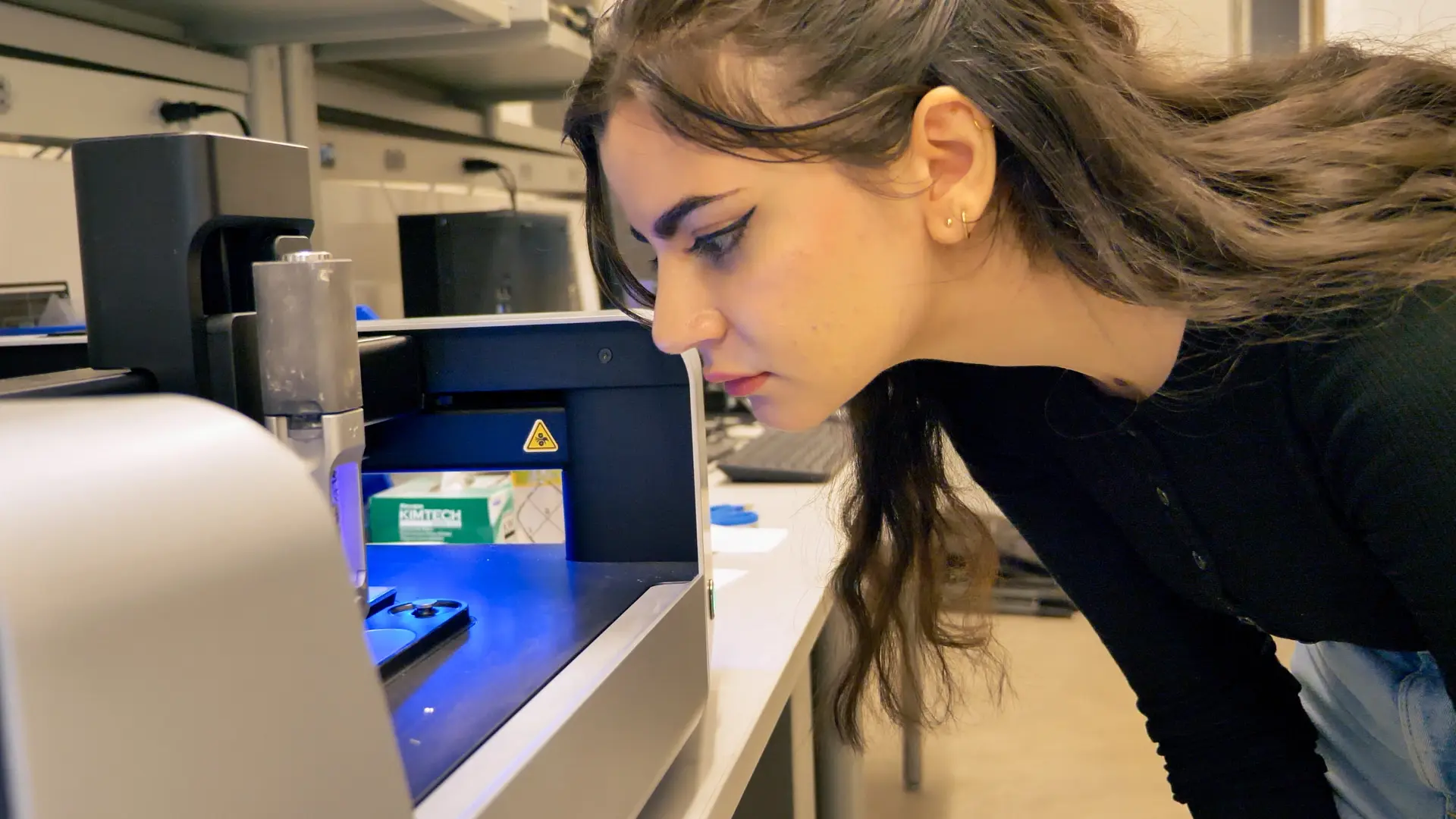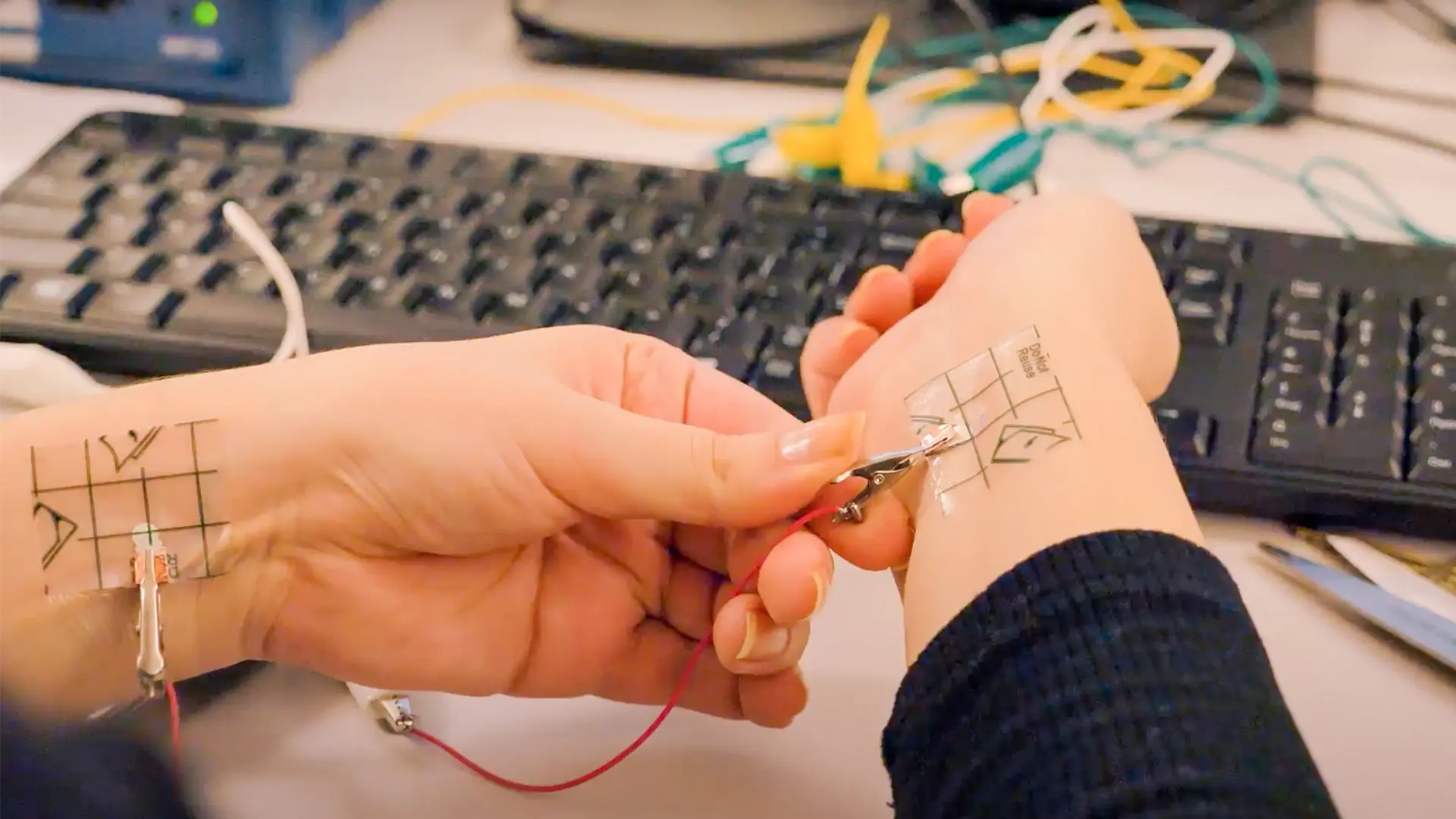Webinar Recap: Printing Electronics with Carbon Ink
In our recent webinar, we took a closer look at carbon inks by discussing the advantages of the material, then used it to print a strain gauge sensor with NOVA. This article is a comprehensive recap of what we covered.
Spotlight on NOVA and NovaCentrix HPR-059 Carbon Black Ink
During the webinar, we demonstrated printing on NOVA with NovaCentrix HPR-059, a water-based carbon conductive ink. Not only is this ink environmentally friendly (clean-up can be done with water instead of harsh chemicals), but it also adheres well on a wide range of substrates like paper, plastics, glass, and metal.
The versatility of carbon Inks
The range of carbon-based inks is vast and can be used in applications such as:
- Direct dispensing
- Screen printing
- Flexographic application
- Pad printing
- Spraying
- Dip coating
- Inkjet printing
Resins that can be used for curing are:
- Water-based
- Silicone
- Thermoplastic
- Polyimide
- Thermosetting
- Epoxy
If you couldn't join us live, we've got you covered! Watch the recording:
Benefits of carbon inks
Our webinar highlighted a number of key advantages of carbon inks, such as:
- Resilience against physical wear like abrasion, scratching, creasing, and flexing.
- Chemical inertness, ensuring low reactivity with solvents and other chemicals.
- High conductivity and strong adhesion.
Applications in printed electronics
EMI/RFI shielding
Carbon inks have emerged as a highly versatile and valuable material in the electronic industry. One of the key uses of carbon inks is in Electromagnetic Interference (EMI) / Radio Frequency Interference (RFI) shielding, where they are employed to protect electronic devices from electromagnetic and radio frequency interference. This shielding property is crucial in ensuring the proper functioning of sensitive electronic components, preventing any disruption or damage caused by external electromagnetic signals.
Printed heaters
Another significant application of carbon inks is in the production of printed heaters. These heaters are created by printing a carbon ink pattern onto a substrate, which can then generate heat when an electric current is passed through it. This technology finds extensive use in various industries, including automotive, aerospace, and consumer electronics, where it is employed for applications such as defogging windows, heating seats, and warming electronic devices.
Medical sensors
Carbon inks also play a vital role in the development of medical sensors. These printed electronic sensors are designed to monitor various physiological parameters, such as heart rate, blood pressure, and glucose levels, providing valuable data for healthcare professionals. Carbon inks are utilized in the fabrication of these sensors due to their excellent electrical conductivity and biocompatibility, ensuring accurate and reliable measurements while being safe for use in medical applications.
Electrostatic dissipation
Another application for carbon inks is electrostatic dissipation, where the ink is used to control and dissipate static electricity. Static electricity can pose a significant risk in certain environments, particularly in industries such as electronics manufacturing and explosive handling. Carbon inks are incorporated into materials and surfaces to create a conductive path, allowing the safe discharge of static charges and minimizing the potential for damage or accidents.
How NOVA’s intuitive UI enables a smooth printing experience
With the introduction of NOVA, Voltera addressed some touch sensing and positioning inefficiencies that were present in the V-One. We recognized the need for a solution that would surpass the current limitations we were encountering and provide an even better user experience.
To achieve this, we implemented strain gauge resistors printed with carbon ink in the design of NOVA. By incorporating strain gauge resistors, we were able to combine the XY and Z axes, accurately measure and interpret touch inputs with utmost precision, and overall ensure a highly responsive and intuitive user interface.
The use of carbon ink in the printing process also added an extra layer of durability to NOVA. Due to carbon ink's exceptional resistance to wear and tear, it was the ideal choice for long-lasting performance. This feature ensures that NOVA can withstand the rigors of daily use, providing users with a reliable and robust touch sensing and positioning solution.
What’s next for carbon inks in printed electronics?
As the domain of printed electronics advances, the significance of carbon inks continues to grow. Their adaptability, efficiency, and durability make them a front-runner for many applications in the industry. Researchers are still uncovering new properties and uses for carbon black, graphene, and other carbon nanomaterials in printed electronics. For those interested in diving deeper into the subject, stay tuned to our blog for additional resources and research summaries that will offer more in-depth insights.
We'd like to thank everyone who attended the webinar. For those who missed out, or those eager to learn more, don't hesitate to reach out.

Check out our Customer Stories
Take a closer look at what our customers are doing in the industry.
